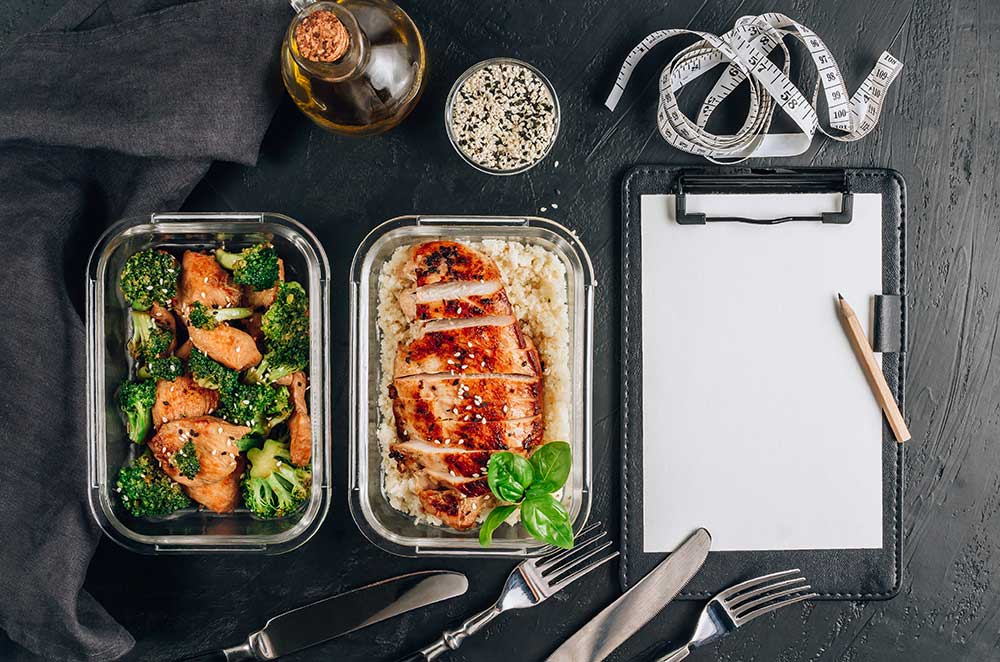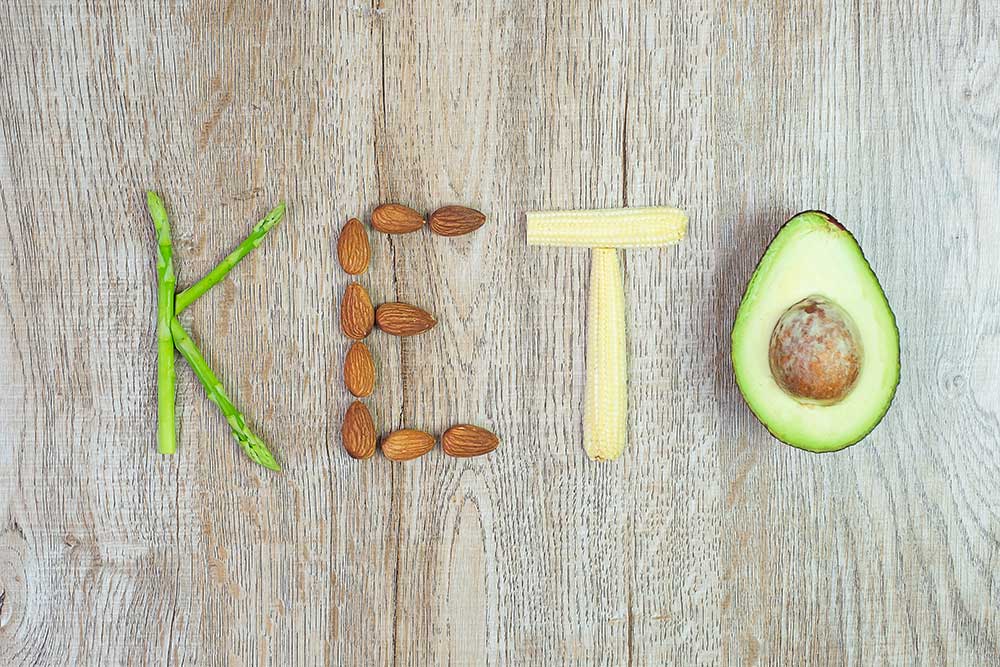A keto eating plan is a key to success on the keto diet. Knowing what foods to eat (and which ones to avoid), meal prep, and keto guidelines will help you reach your macro goals and stay in ketosis. If you find yourself talking about diet or weight loss, you probably hear about the ketogenic or keto diet. That’s because the ketogenic diet is one of the world’s most popular ways to lose too much weight and improve health.
Ketogenic Diet Meal Plan
Switching to a ketogenic diet may seem like a lot, but it doesn’t have to be complicated. The focus should be on reducing carbohydrates and increasing the fat and protein content of meals and snacks. To get and stay in ketosis, carbohydrates must be limited. While some people can only achieve ketosis by eating 20 grams of carbohydrates a day, others may experience a much higher carbohydrate intake.
In general, the lower your carb intake, the easier it will be to achieve and stay in ketosis. This is why sticking to keto foods and avoiding carbohydrate-rich items is the best way to lose weight on a ketone diet.
Keto Diet for Weight Loss 2021

Ketogenic Foods to Eat
When following a ketone diet, meals and snacks should focus on the following foods:
- Eggs: Organic whole-pastured eggs are the best option.
- Poultry: chicken and turkey.
- Fatty fish: salmon, herring, and wild mackerel.
- Meat: Grass-fed beef, brine, pork, offal, and bison.
- Whole dairy: yogurt, butter, and cream.
- Whole cheese: Cheddar, mozzarella, brie, goat cheese, and cream cheese.
- Nuts and Seeds: Macadamia nuts, almonds, walnuts, pumpkin seeds, peanuts, and flax seeds.
- Nut butter: Natural peanut butter, almonds, and cashews.
- Healthy fats: coconut oil, olive oil, avocado oil, coconut butter, and sesame oil.
- Avocados: Whole avocados can be added to almost any meal or snack.
- Non-starchy vegetables: greens, broccoli, tomatoes, mushrooms, and bell peppers.
- Seasonings: salt, pepper, vinegar, lemon juice, fresh herbs, and spices.
Foods to Avoid
Avoid carbohydrate-rich foods while on a ketogenic diet. The following foods should be limited:
- Bread and baked goods: white bread, whole wheat bread, biscuits, cookies, donuts, and muffins.
- Sweets and sugary foods: sugar, ice cream, candy, maple syrup, agave syrup, and coconut sugar.
- Sugary drinks: sodas, juices, sugary tea, and sports drinks.
- Pasta: spaghetti and noodles.
- Grains and cereal-based products: wheat, rice, oatmeal, breakfast cereals, and omelets.
- Starchy vegetables: potatoes, sweet potatoes, squash, corn, peas, and squash.
- Beans and Legumes: Black beans, chickpeas, lentils, and kidney beans.
- Fruits: citrus, grapes, bananas, and pineapple.
- High Carbon Sauces: BBQ sauce, sugary salad dressings, and dipping sauces.
- Certain alcoholic beverages: Mixed drinks of beer and sugars.
While carbohydrates should be restricted, low-glycemic fruits like berries can be enjoyed in limited amounts while maintaining a keto-friendly range of macronutrients. Make sure you choose healthy food sources and be prepared for processed foods and unhealthy fats.

Keto Tips and Tricks
While starting the ketone diet can be challenging, you can use some tips and tricks to make it easier.
- Start by learning about food labels and checking the grams of fat, carbohydrates, and fiber to determine how your favorite foods can fit into your diet.
- It can be beneficial to plan your meals and can help you save extra time during the week.
- Many websites, food blogs, apps, and cookbooks offer keto recipes and meal ideas that you can use to create your custom menu.
- Alternatively, some meal delivery services offer keto options quickly and conveniently to enjoy keto meals at home.
- Look for healthy frozen keto meals when you’re short on time.
- When attending social gatherings or visiting family and friends, you may want to consider bringing your food, which will make it much easier to suppress cravings and stick to your plan.
Conclusion
A ketogenic diet has been shown to provide short-term benefits for some people, including weight loss and improvements in total cholesterol, blood sugar, and blood pressure. However, there are no significant differences between these effects after one year compared to typical weight-loss diets.
Eliminating some food groups and the possibility of unpleasant symptoms can make compliance difficult. However, the diet can be modified to emphasize foods low in saturated fat, such as olive oil, avocado, nuts, seeds, and fatty fish. A ketogenic diet may be an option for some people who have had difficulty losing weight with other methods.
The exact ratio of fat, carbohydrate, and protein required to achieve health benefits will vary between individuals due to their genetic makeup and body composition. Therefore, if you choose to start a ketogenic diet, it is recommended to consult a human physician and a dietician to monitor any biochemical changes after starting the regimen closely.














![The Best Weight Loss Tips [current_date format=’Y’] Best Weight Loss Tips 2021](https://plasticsurgeryace.com/wp-content/uploads/2021/06/Best-Weight-Loss-Tips-2021.jpg)

